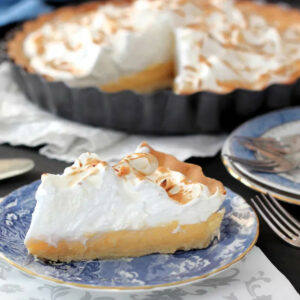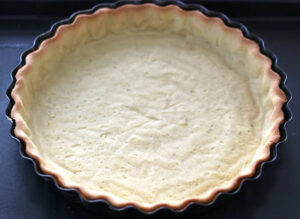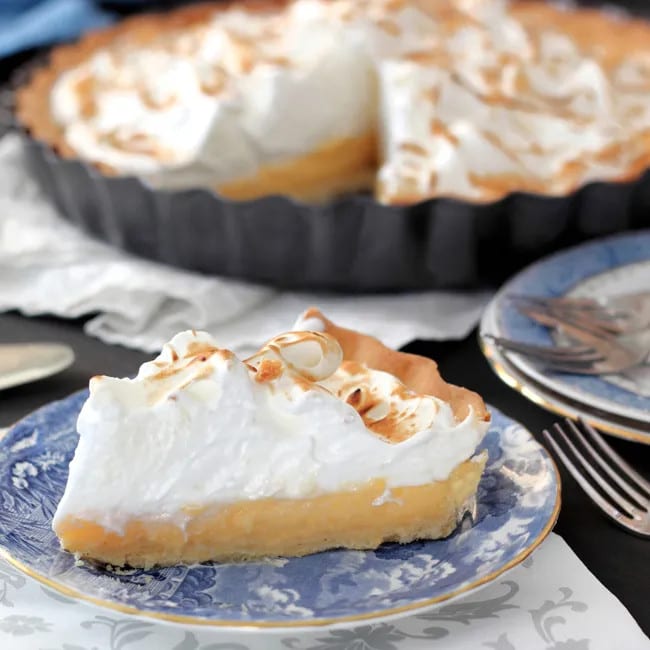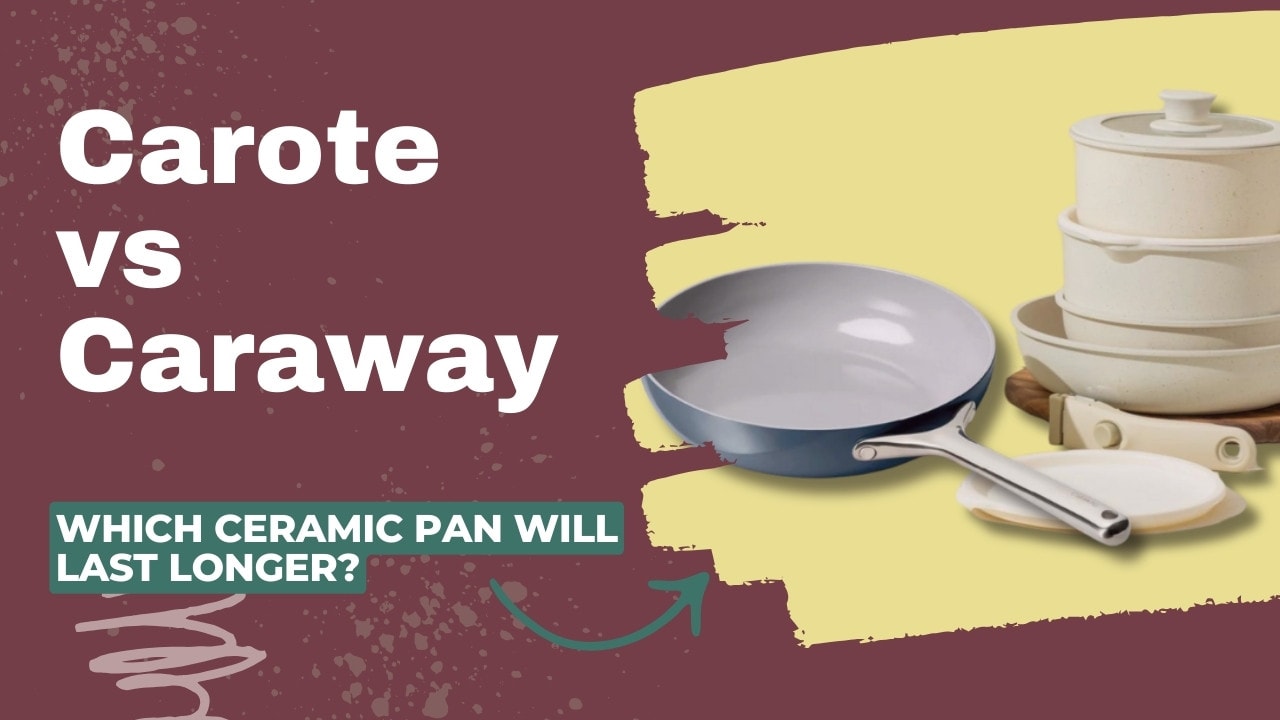Sublime.. sublime.. sublime.. Seriously this Lemon Meringue Pie is one of the best desserts I’ve made so far. The melt-in-your-mouth pastry, the sharp tang of lemon cream filling, and the cloud of heavenly meringue all coming together in the dreamiest way.
I’ve made mini lemon meringue tarts previously, but used a store-bought pastry and a lemon curd filling. This time I wanted to go for the more classic style tart made in the manner of a French Tarte au Citron with home-made Pâte Sablée, a Swiss meringue, and a simple lemon cream filling with no cornstarch, no flour and certainly no sweetened condensed milk (quelle horreur!). And, boy oh boy.. it was perfection.
Thanks to Larousse Cuisine for this fabulous little video which included the list of ingredients and instructions. I adapted the recipe a little and clarified some of the instructions – their recipe called for the juice and zest of four lemons, but as there’s a big margin of error so far as fruit size goes I made a call on the actual volume. And, just so you know, I deliberately aimed to make a tart lemon filling to counteract the sweet meringue, so if you don’t like ‘tart’, you’ll want to decrease the amount of juice and zest you use. I also changed the pastry making instructions – the original recipe provides instructions for making the pastry by hand. But being an impatient cook at the best of times, I decided to go with the good old food processor and amended the instructions accordingly. Having said that, if you’d rather let your hands do the work, you can see the original instructions on the video link I’ve provided above.
Finally, don’t be put off by the sheer length of the recipe. Each step, in itself, is easy enough. And you can do it in stages – I made the tart casing and the filling the first day, then the meringue the following day when I served it. And, I’m happy to add that I had a left-over piece the day after that (i.e. the third day) and it was perfect, so don’t worry that you have to make the tart on the day you serve it. Enjoy!

LEMON MERINGUE PIE
Ingredients
For the Pâte Sablée:
- 1 vanilla pod, seeds only
- 250 g plain flour
- 90 g icing sugar
- 125 g butter, diced
- 1 large egg
- Flour for dusting
For the filling:
- 3-4 lemons, to yield 2/3rds cup lemon juice and 2 Tbsp grated lemon zest
- 4 eggs
- 150 g caster sugar
- 180 ml heavy, double cream
For the meringue:
- 4 egg whites
- 175 g caster sugar
Instructions
For the Pâte Sablée:
- Slice the vanilla pod in half length-ways. Then scrape out all the seeds and discard the pod (or better still, pop it into your sugar container for scented sugar).
- Place the flour in a food processor and add the icing sugar and the diced butter. Then add the vanilla seeds. Combine the ingredients together using pulse mode until the mixture resembles fine bread crumbs (this should only take about 10 seconds). Now crack one whole egg into the mixture and process using pulse mode until the mixture is combined and starts to clump (around 10 seconds). Don’t wait for it to become a ball of dough though – it should be processed only to the point where, if you hold some of the mixture between your fingers, it holds together.
- Dust the work surface lightly with flour. Dump the crumbly dough on the work surface and begin kneading the mixture, which should come together very easily. After a few minutes the dough will become smooth, but be careful not to over-mix or the dough will become too hard. Now wrap the dough in cling film and place in the fridge to rest and cool for at least one hour.
For the filling:
- Grate the lemons to yield 2 Tbsp of zest. Now cut the lemons in half and squeeze the lemons to yield 2/3rds cup juice. Add the juice to the zest.
- Crack four eggs into a large mixing bowl. Add the sugar and whisk the ingredients together. Now add the cream and whisk again. Finally, add the lemon juice and zest and whisk to combine.
For the pastry:
- Take the pastry from the fridge and remove the cling film. Lightly dust the work surface with flour and knead the pastry for about 30 seconds to make it smooth again. Begin to roll out the pastry until it’s 3-4mm thick, making sure you turn it and flour it occasionally.
- Now roll the pastry over your rolling pin and unroll it over a 9 or 10 inch fluted tart tin (I used an 11 inch tin and it was just a touch too big). Make sure you press the pastry into the corners of the tin using your fingers. Roll the rolling pin over the top of the tin to cut away the excess pastry. Place the tart shell in the fridge for about an hour before cooking the pastry (this helps the pastry to relax and will help to prevent shrinkage when baking).
- Remove the tart shell from the fridge. Place baking paper and baking beans in the tart shell and cook in a pre-heated oven at 180°C (350°F) for 15-20 mins. Remove the tart shell from the oven, remove the paper and beans, then put it back in the oven for 5 more minutes. Remove the tart shell and put it on a rack to cool. In the meantime, reduce the oven heat to 150°C (300°F).

- When the oven heat has reduced, put the whole tart tin onto a larger baking tray with sides (so that you can transport it more easily) and place the tray part way into the oven. Now carefully pour the lemon filling into the tart shell and gently slide the tray to the back of the oven. Cook the tart for a further 20-25 minutes, or until it is just set (it’s fine for there to be a slight wobble in the middle as it will continue to firm up as it cools). Remove the tray from the oven and then leave the tart to cool completely on a rack. At this point you can go ahead with making the meringue, or you can cover the tart with silver foil and place in the fridge until needed (I made the tart the day before and made the meringue component a couple of hours before serving).
For the meringue:
- Separate four egg whites into a medium mixing bowl. Add the sugar and whisk them together. Heat the mixture on a bain marie – bring a small amount of water to a simmer in a pan that is large enough to accommodate your mixing bowl. Place the bowl on top of the pan and make sure it doesn’t touch the water. Whisk the mixture for 2-3 minutes until the mixture becomes warm to the touch (if using a thermometer, you’re aiming for 71°C or 160°F). Remove the bowl and beat the meringue using an electric whisk until glossy and firm. Now top the tart with the meringue and create peaks with the back of your spatula. Finally, using a kitchen blow torch, lightly brown the top of the meringue (otherwise put it in the oven for 10 or so minutes at about 200°C (400°F) until lightly browned – keep a close eye on it! If not serving straight away, put back into the fridge and take out about 10-15 minutes prior to serving.









